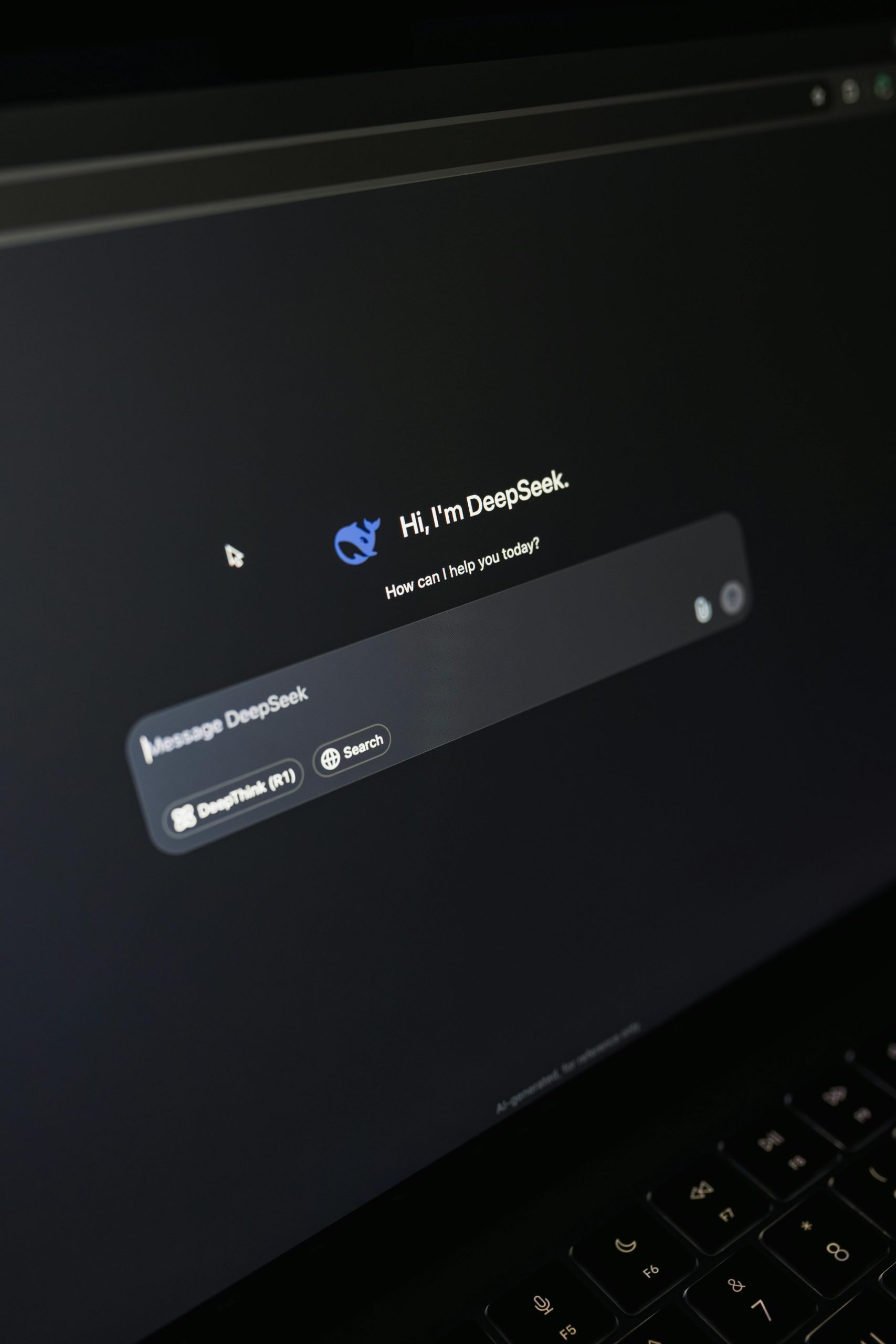AI assistants have a PhD in literally everything but the memory of a goldfish when it comes to our actual codebase.
Bridging the Gap: How AI Assistants Can Better Serve Custom Software Projects
In recent years, artificial intelligence (AI) assistants have become invaluable tools for developers and teams. These AI agents can generate boilerplate code, craft complex algorithms, and assist with problem-solving within seconds—almost feeling like magic. Their ability to accelerate development processes is undeniably impressive and transformative.
However, despite their prowess, these tools often fall short when it comes to understanding the nuances of a team’s unique project environment. They operate primarily on generalized knowledge and lack awareness of specific architectural decisions, internal libraries, or tribal knowledge that has been accumulated over time.
The Limitations of Current AI Assistants in Software Development
While AI assistants can suggest code snippets or libraries, they frequently do so without regard for a project’s existing structure or best practices. Common issues include:
-
Recommending Public Libraries Instead of Internal Solutions: AI tools may suggest external, publicly available libraries even when a robust internal library exists that better aligns with the project’s requirements, security standards, or licensing constraints.
-
Violating Established Architectural Patterns: Generated code might bypass established design principles or architectural guidelines, leading to inconsistencies and potential technical debt.
-
Lack of Contextual Understanding: When asked questions like “Why was this component built this way?” or “How do we add a new event to the analytics pipeline?”, AI assistants typically cannot provide meaningful answers rooted in project history or tribal knowledge.
This disconnect often leaves developers spending significant time correcting or adapting AI-generated suggestions to fit their specific context, thereby reducing overall productivity and trust in these tools.
Bridging the Knowledge Gap: Strategies and Approaches
Addressing these challenges requires a multifaceted approach. Here are some strategies teams can consider:
-
Integrate AI with Project-Specific Data: Fine-tuning AI models on your codebase, documentation, and architectural guidelines can enhance their understanding of your unique environment.
-
Maintain Rich Internal Documentation: Up-to-date and comprehensive documentation enables AI tools—especially those integrated with knowledge bases—to provide contextually relevant insights.
-
Implement Context-Aware AI Solutions: Leverage AI solutions designed to understand and utilize project context dynamically, such as by referencing recent code commits, internal libraries, or architectural decisions.
-
Establish Clear Guidelines for AI Usage: Educating team members on the strengths and limitations of AI assistants helps set realistic expectations and promotes best practices when incorporating their suggestions.
Looking Forward
AI assistants have incredible














Post Comment